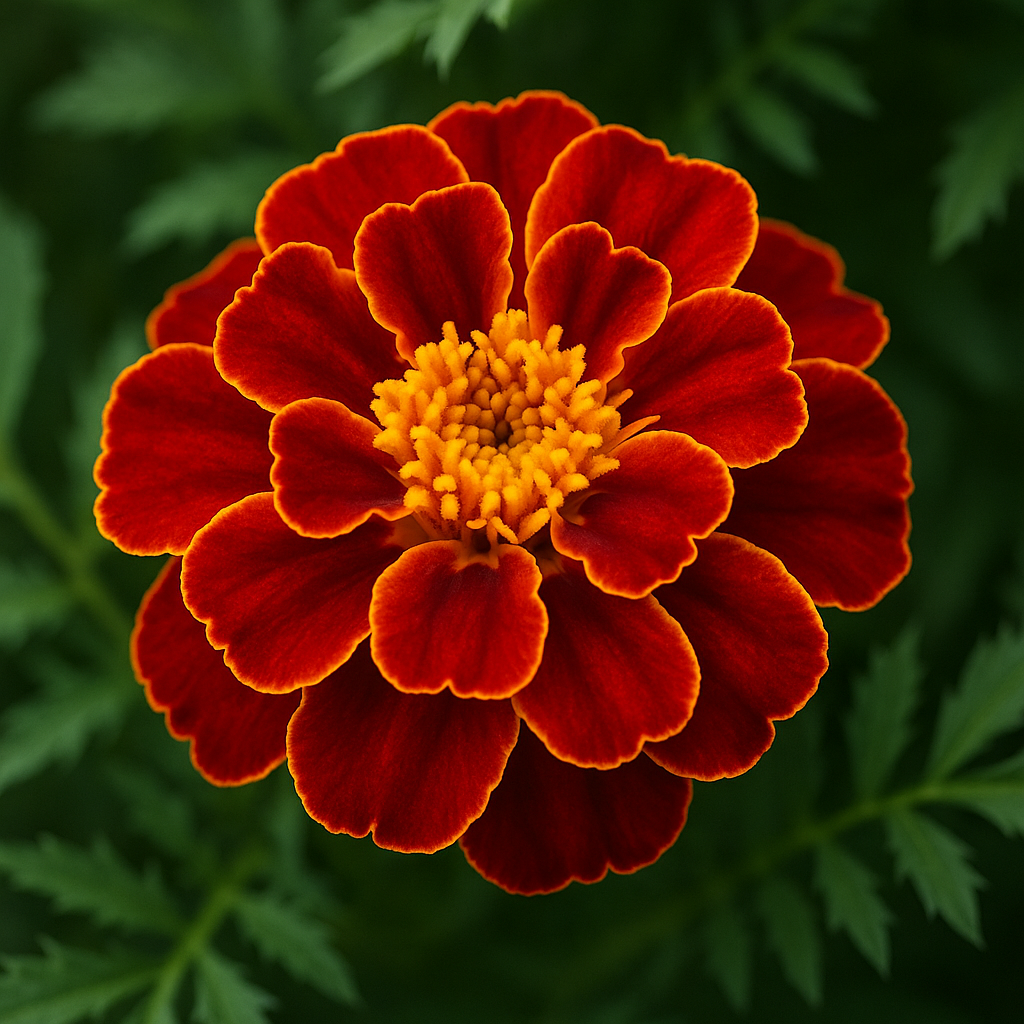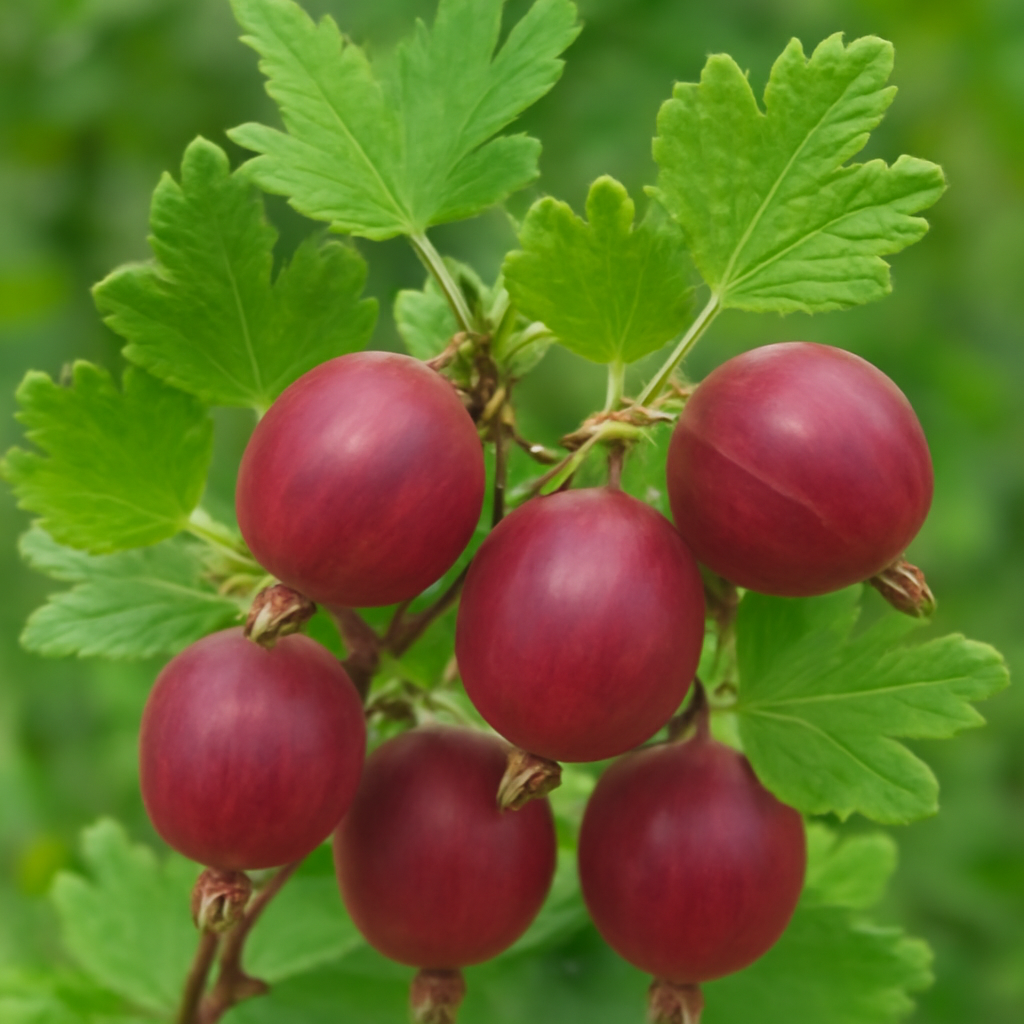St. John's Wort: A Medicinal Herb with a Bright Future in Your Garden
About St. John's Wort
St. John's Wort (Hypericum perforatum) is a hardy perennial herb known for its bright yellow flowers and its long history of medicinal use. The plant has been celebrated for centuries in herbal medicine for its potential benefits in supporting mental well-being and nervous system health. In addition to its medicinal uses, St. John's Wort is also an excellent addition to any organic garden, offering both beauty and functionality.
At Organicindiaseeds.com we offer high-quality organic St. John's Wort seeds, so you can grow this powerful herb right at home.

Why Grow St. John's Wort?
St. John's Wort is highly valued for its natural healing properties. Traditionally, it’s been used to help support emotional health and manage symptoms of anxiety and mild depression. Beyond its medicinal uses, this herb is easy to grow, requiring minimal maintenance once established. The plant is known for attracting pollinators, including bees and butterflies, making it a great addition to a pollinator-friendly garden.
Additionally, St. John's Wort can be grown in a variety of soil types and is highly adaptable, making it perfect for both beginner and experienced gardeners alike.
When to Plant St. John's Wort
The best time to plant St. John's Wort is in spring after the last frost. If you are starting from seeds, sow them indoors about 6-8 weeks before your last frost date. Transplant the seedlings outside once the soil has warmed and the danger of frost has passed. St. John's Wort thrives in temperatures between 60°F and 70°F (15°C - 21°C).
Where to Grow St. John's Wort
St. John's Wort prefers well-drained, slightly acidic to neutral soil with a pH of 6.0 to 7.5. It thrives in full sunlight, making it an excellent choice for sunny garden beds, herb gardens, or wildflower meadows. This herb is adaptable to both dry and moist conditions but does best in soil that is not overly soggy.
If you’re planting in a container, make sure it has good drainage to prevent root rot, as St. John's Wort prefers well-drained soil.
How to Grow St. John's Wort
-
Soil Preparation: St. John's Wort thrives in nutrient-rich, well-drained soil. Amend the soil with organic compost to improve fertility and ensure proper drainage.
-
Planting Seeds: Sow St. John's Wort seeds about 1/8 inch deep in the soil. If starting indoors, transplant seedlings once they are large enough to handle.
-
Spacing: Space plants at least 18–24 inches apart to allow for proper airflow and growth.
-
Watering: Water moderately, keeping the soil moist but not waterlogged. Once established, this plant is drought-tolerant.
-
Fertilizing: Use an organic fertilizer once every 6-8 weeks to support healthy growth, particularly if your soil is low in nutrients.
How to Care for St. John's Wort
Taking care of St. John's Wort is simple and requires minimal effort:

-
Watering: Keep the plant watered during dry spells, but avoid letting the soil become soggy.
-
Pruning: After the blooming season, prune back spent flowers to encourage new growth.
-
Pest Control: St. John's Wort is generally pest-resistant. However, check occasionally for aphids or fungal issues, especially during wet weather.
-
Weeding: Regularly remove weeds around the plant's base to reduce competition for nutrients.
Companion Plants for St. John's Wort

St. John's Wort pairs well with other herbs like lavender, chamomile, and lemon balm. These plants share similar growing conditions and attract beneficial insects that can help improve your garden’s overall health. Planting St. John's Wort alongside sunflowers and coneflowers can create a pollinator-friendly garden that benefits both your herbs and surrounding plants.
It’s also a great addition to wildflower meadows, where its bright yellow blooms can mix beautifully with other native plants.
Harvesting St. John's Wort
St. John's Wort is typically ready for harvest when the flowers are in full bloom, usually in mid-summer. The flowers are the most potent part of the plant for medicinal purposes. Harvest them early in the day, just after the dew has dried, when their essential oils are most concentrated.
To preserve the flowers, you can dry them by hanging them upside down in a cool, dark place. Once dried, store them in an airtight container away from sunlight.
Final Thoughts on St. John's Wort
St. John's Wort is a versatile and beneficial plant that offers beauty, medicinal properties, and ease of care. Whether you’re looking to grow it for its healing qualities or simply to add a bright splash of color to your garden, St. John's Wort is a fantastic choice.
For high-quality organic St. John's Wort seeds, visit Organicindiaseeds.com and start cultivating this valuable herb in your garden today!



اترك تعليقًا
This site is protected by hCaptcha and the hCaptcha Privacy Policy and Terms of Service apply.